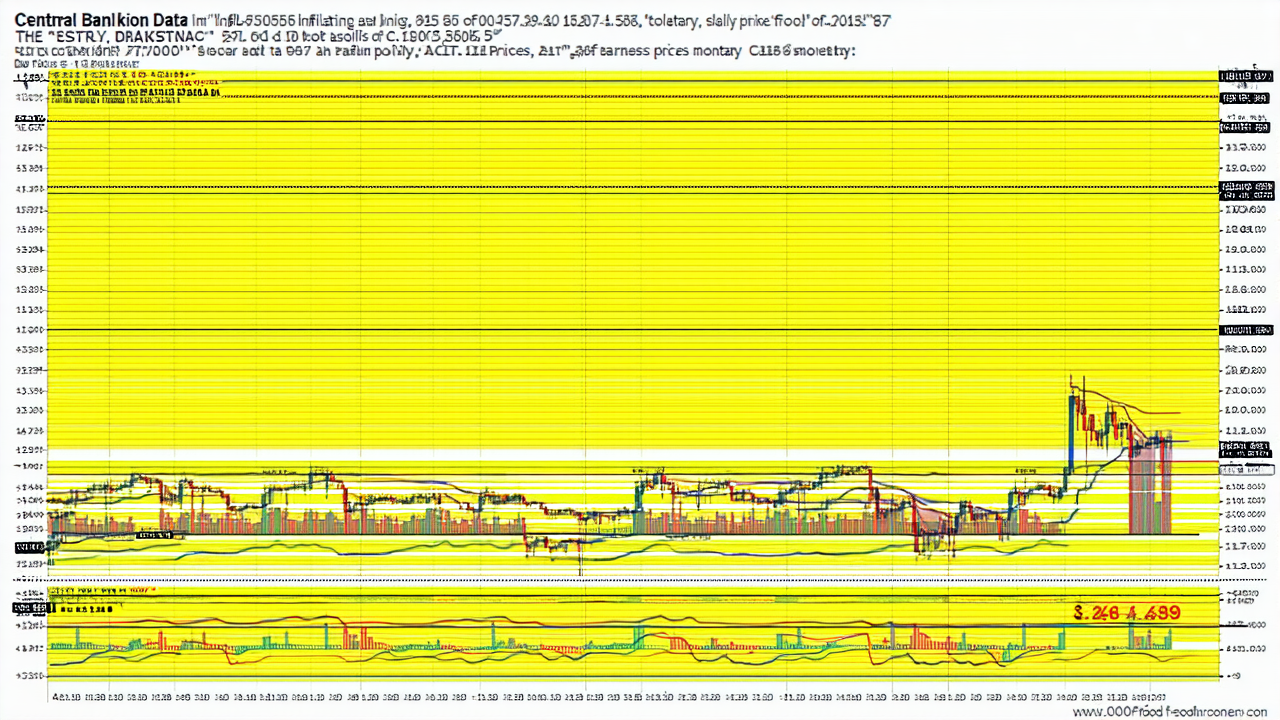Inflation data signals potential rate cut, but rising food prices raise alarms
Inflation data signals potential rate cut, but rising food prices raise alarms
By Liam Dann | Business Editor at Large · NZ Herald · 21 Jul, 2025 04:19 AM
The latest inflation data has sparked a wave of optimism among economists, suggesting that the Reserve Bank of New Zealand (RBNZ) may be on the verge of a much-anticipated rate cut in August. However, the report also highlights a troubling trend: the rapid rise in food prices, which is placing additional pressure on households and complicating the economic outlook.
According to the latest figures released by Statistics New Zealand, the consumer price index (CPI) rose by 2.7% over the 12 months to the June 2025 quarter. This marks the highest annual inflation rate in a year. While the quarterly inflation rate stood at 0.5%, slightly below most economists’ expectations, the data has been interpreted as a 'green light' for the RBNZ to consider easing monetary policy.
Stephen Toplis, BNZ’s head of research, commented that the data “makes an August cut as close to a done deal as can be the case.” He pointed to the easing of inflation in key sectors of the economy, particularly in the residential property market, as a major factor in this outlook. “Home ownership (otherwise known as building costs) fell 0.1% in the quarter to be up just 0.8% for the year,” he said. “The last time annual building cost inflation was this low was in the depths of the GFC and, before that, the 1998/1999 recession.”
Despite this positive development, Toplis warned that the cost of essentials—particularly food, accommodation, and energy—has been rising far faster than other components of the CPI. “Our very back-of-the-envelope ‘essentials index’ shows the cost of essentials rising at around twice the pace of the remainder of the CPI,” he noted.
The most alarming figure in the report was the acceleration of food price inflation to an annual 4.2%, following a 1.6% quarterly increase. This surge in food costs has been described as a “significant hardship for a large portion of the population,” and has also been identified as a headwind for the broader economic recovery.
Mary Jo Vergara, a senior economist at Kiwibank, added that while the data supports the case for an August OCR cut, the outlook for inflation remains uncertain. “We’re no longer importing deflation,” she said. Annual tradeables inflation has increased from 0.3% to 1.2%, with the 4.2% increase in food prices accounting for 28.5% of the lift in headline inflation. “Domestic inflation, in contrast, continues its (slow) move south,” she said.
Despite these developments, Vergara acknowledged that the persistence of higher-than-average inflation rates is due to lingering strength in administered prices such as council rates, insurance costs, and power. “Annual council rates and insurance costs were running well above historic averages, up 12.2% and 6%, respectively,” she noted. “Households are also contending with high electricity charges, climbing to 9.1% annually.”
While the data suggests that the RBNZ may be poised to cut the official cash rate (OCR) in August, some economists argue that further cuts could be necessary. Miles Workman, a senior economist at ANZ, stated that the data “not the roadblock we thought it was going to be,” and that the risk of a follow-up cut in October is now “looking higher.”
With the economy still operating below capacity, and food prices continuing to rise, the RBNZ faces a challenging balancing act between stimulating growth and controlling inflation. As the data continues to unfold, the outlook for the OCR and the broader economy remains a subject of close scrutiny.
Latest from Official Cash Rate
